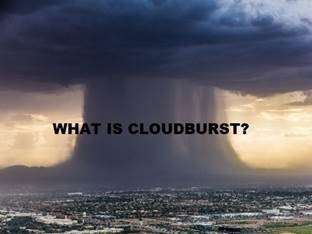Free Courses Sale ends Soon, Get It Now


Free Courses Sale ends Soon, Get It Now



Disclaimer: Copyright infringement not intended.
Context
What is a cloudburst?
Occurrence
Meteorological Factors behind the Cloudburst
Can cloudbursts be forecast?
Studies
© 2024 iasgyan. All right reserved